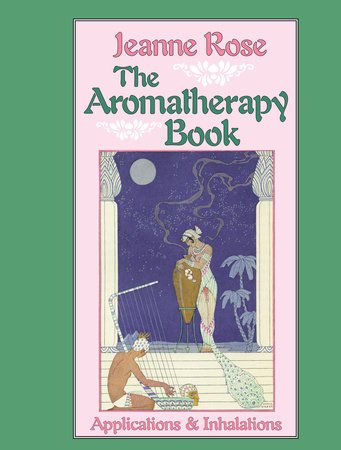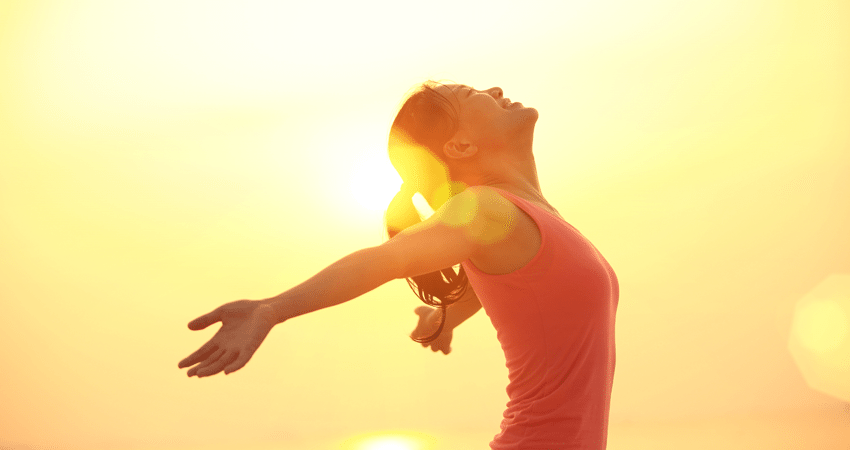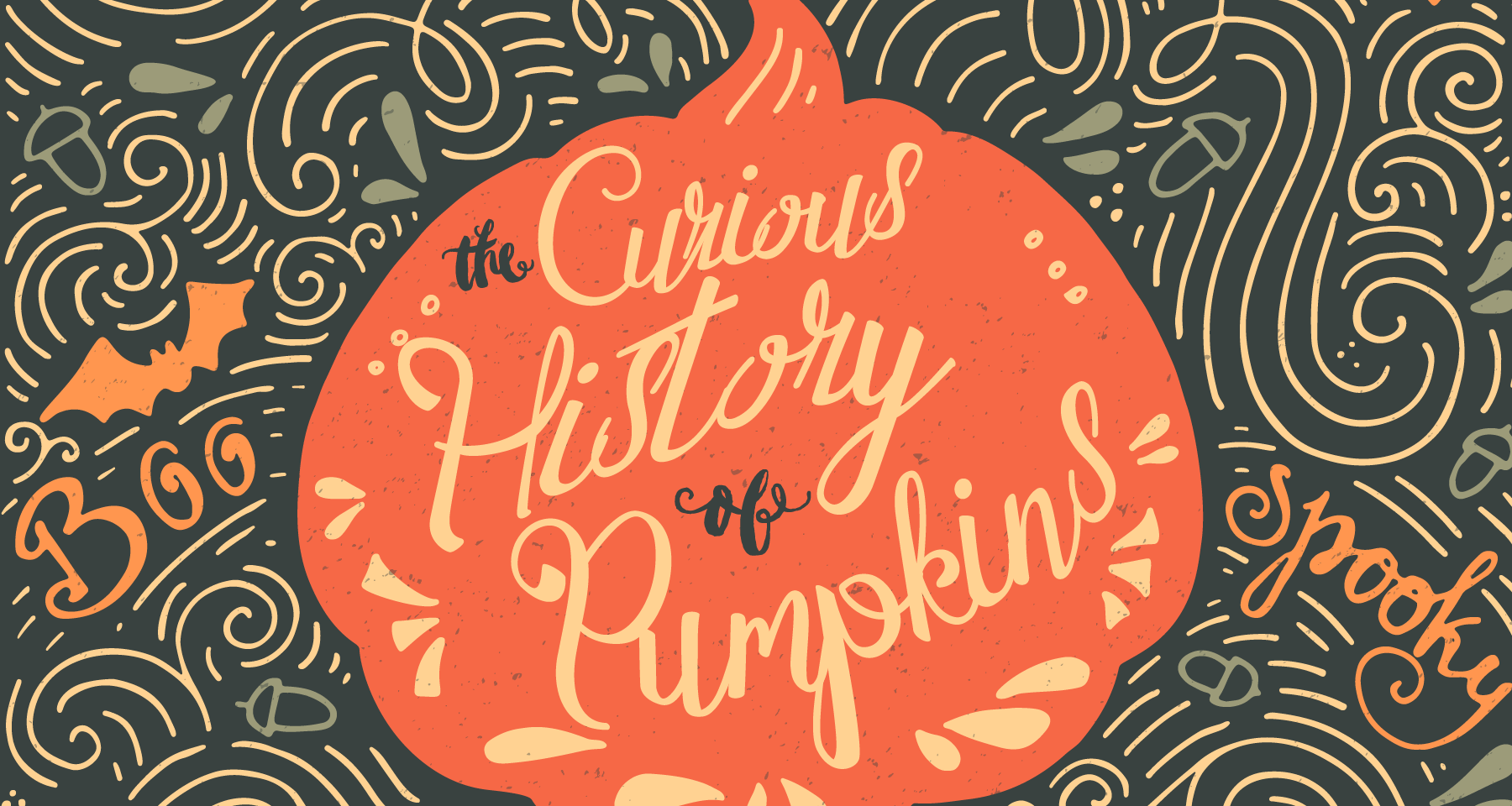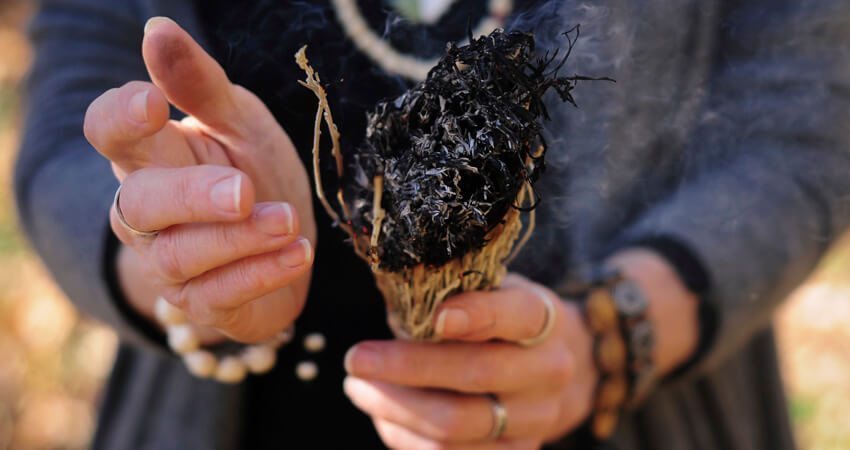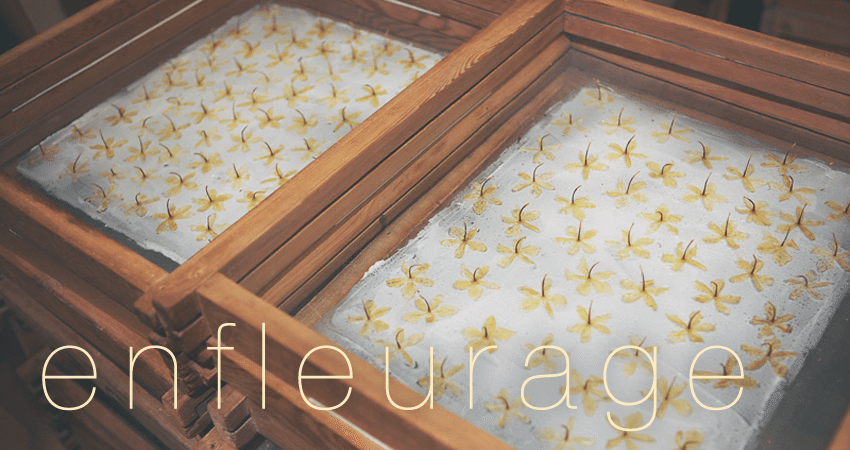
DIY Aromatherapy: Make Your Own Fragrances with Enfleurage
Categories: Excerpt Health & Healing
Spring has sprung, or at least feels like it has here in the Bay Area. With so many fragrant flowers in bloom, we thought it would be a fun opportunity to break out a DIY project from Jeanne Rose’s The Aromatherapy Book—enfleurage!
The adapted excerpt below gives instructions for enfleurage: one of the oldest methods of fragrance extraction. Traditionally, animal fats are used, but we’re recommending jojoba oil mixed with beeswax or coconut oil (low- or no-odor, unless you want the added scent). After pressing and extracting, you’re left with “enfleurage pomade,” which you can use to make soaps or combine with alcohol to further distill the fragrance.
If you decide to try it out, give us a shout out on the NAB Facebook page and let us know how it goes!
We’ve also included aromatherapeutic recommendations based on specific needs, whether you want an essential oil to alleviate anxiety, to help you fall asleep, or to treat your acne—we have some great recommendations!
Making Essential Oils with Enfleurage
Enfleurage is an elegant, old-fashioned method of extracting the scent from thick-petaled flowers such as roses, jasmine, tuberose, honeysuckle, iris, ylang-ylang and others. It is a cold process that generally yields a superior result.
You will need:
- Several sheets of ridged glass (you can also use two glass casserole dishes—one that fits inside the other)
- Fat, like coconut oil, jojoba oil, or even Crisco
- Fresh flowers for your essential oil of choice
Clean the glass carefully, then spread the oil or wax. Add just-picked flowers that have been picked at their appropriate time—jasmine at night and roses in the morning, for example. Completely cover the sheets of oil-covered glass with flowers. Stack two pieces of glass together, fat side to fat side, and leave for up to 36 hours. (Leave them until the flowers are de-scented. This depends on the warmth and wetness or dryness of the weather.) Keep the sheets in a warm, dry place.
When de-scented, carefully remove the flowers. Repeat the process several times, adding new flowers until the fat is completely scent-saturated. (The flowers removed from the fat can then be soaked in alcohol to make a flower tincture or cologne. The alcohol removes the scent from the fat that is still on the flowers, and can thus be separated.)
When the fat is completely scent-saturated, it is then scraped off the glass sheets, placed in a clean glass container and pure 95% alcohol is added. Over a period of several weeks, the alcohol will absorb the scent from the fat. The alcohol fragrance is then separated from the fat and filtered.
Some points to remember:
- Don’t throw anything out. Each step of the process leaves some of the flower scent behind.
- Keep your hands, the glass, containers, technique—anything that you use—clean.
- The spent flowers can be used as a compress or soaked in alcohol and then strained out to make a lightly scented aftershave or cologne. You can also add water to the alcohol to reduce proof.
Enfleurage is easy but it does take some practice to get it just right, so don’t be afraid to experiment and play around.
Based on what they treat, here are some suggestions we have for selecting flowers & herbs for essential oils:
Cover photo by VeraKL.
Tags: Herbalism DIY Jeanne Rose

